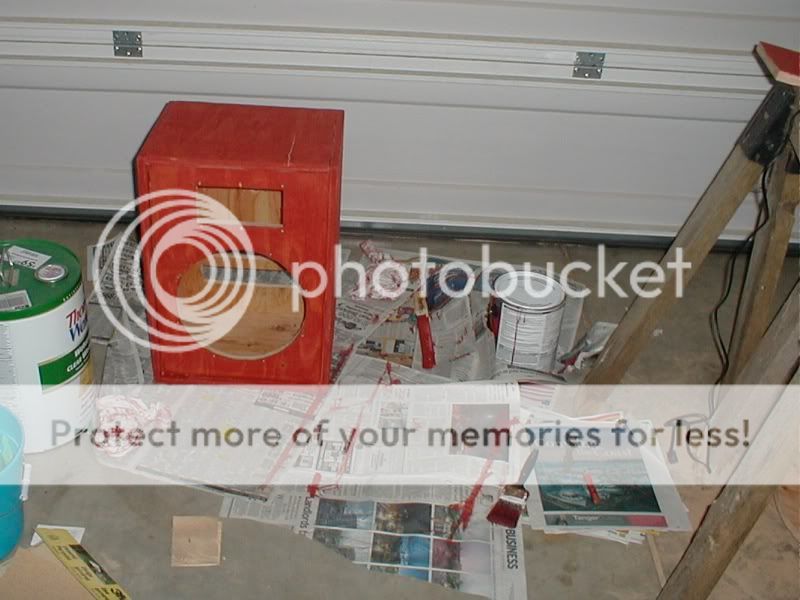Seafroggys
Well-known member
So I've always wanted to get into DIY audio stuff, and I figured a speaker cab would be a basic enough device for me to start with (my dad can help me with building the wood cabinet so I'm already a leg up on things).
I have a poweramp that's 800w total between two speakers. Basically I already have a cheap 400w speaker that I use for vocals and stuff, and I figured another 400w speaker would be cool to have.
Anyway I've already done net research on cab design and such. Mostly on guitar cabs, since that's what I was originally planning on doing but figured it wouldn't be as useful for me because even though I want to eventually get a nice recording amp for my studio, I actually don't play guitar so its a lesser priority for me. Anyway, my confusion comes from 2-way speakers. From my understanding, speakers usually have a woofer and a horn, or a woofer and a tweeter. I'm pretty sure having the horn or tweeter is necessary for reproducing high frequencies. Anyway, would I need to divide up the total wattage between the two? Like have a 250w woofer and a 150w tweeter? I was looking at musicianfriends for standard speakers and there aren't many 12" speakers that are 400 watts (for the record, my current speaker is a 12") so I was curious if this was because the wattage is divided between the two devices.
How much harder is it to make a two way cab? I figured the crossover circuitry would make things complicated, but could I get away with just having a woofer, or would I lose out on too many high frequencies?
I have a poweramp that's 800w total between two speakers. Basically I already have a cheap 400w speaker that I use for vocals and stuff, and I figured another 400w speaker would be cool to have.
Anyway I've already done net research on cab design and such. Mostly on guitar cabs, since that's what I was originally planning on doing but figured it wouldn't be as useful for me because even though I want to eventually get a nice recording amp for my studio, I actually don't play guitar so its a lesser priority for me. Anyway, my confusion comes from 2-way speakers. From my understanding, speakers usually have a woofer and a horn, or a woofer and a tweeter. I'm pretty sure having the horn or tweeter is necessary for reproducing high frequencies. Anyway, would I need to divide up the total wattage between the two? Like have a 250w woofer and a 150w tweeter? I was looking at musicianfriends for standard speakers and there aren't many 12" speakers that are 400 watts (for the record, my current speaker is a 12") so I was curious if this was because the wattage is divided between the two devices.
How much harder is it to make a two way cab? I figured the crossover circuitry would make things complicated, but could I get away with just having a woofer, or would I lose out on too many high frequencies?


